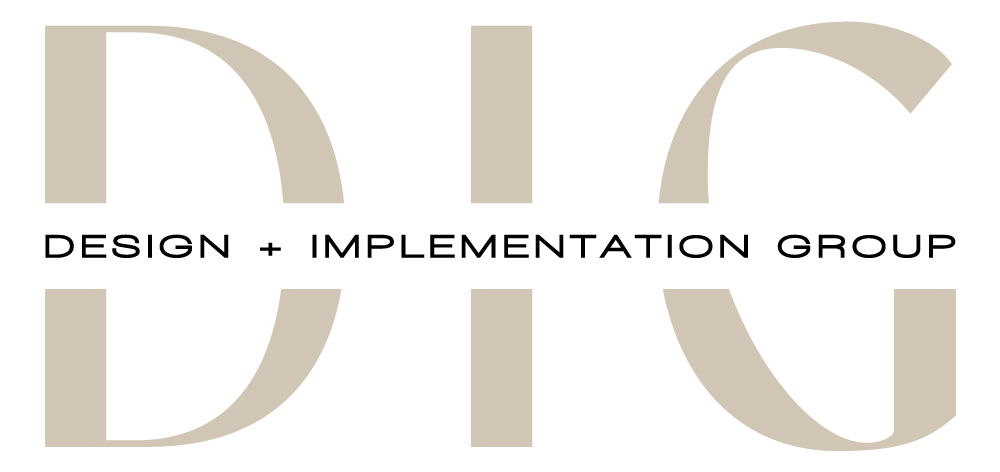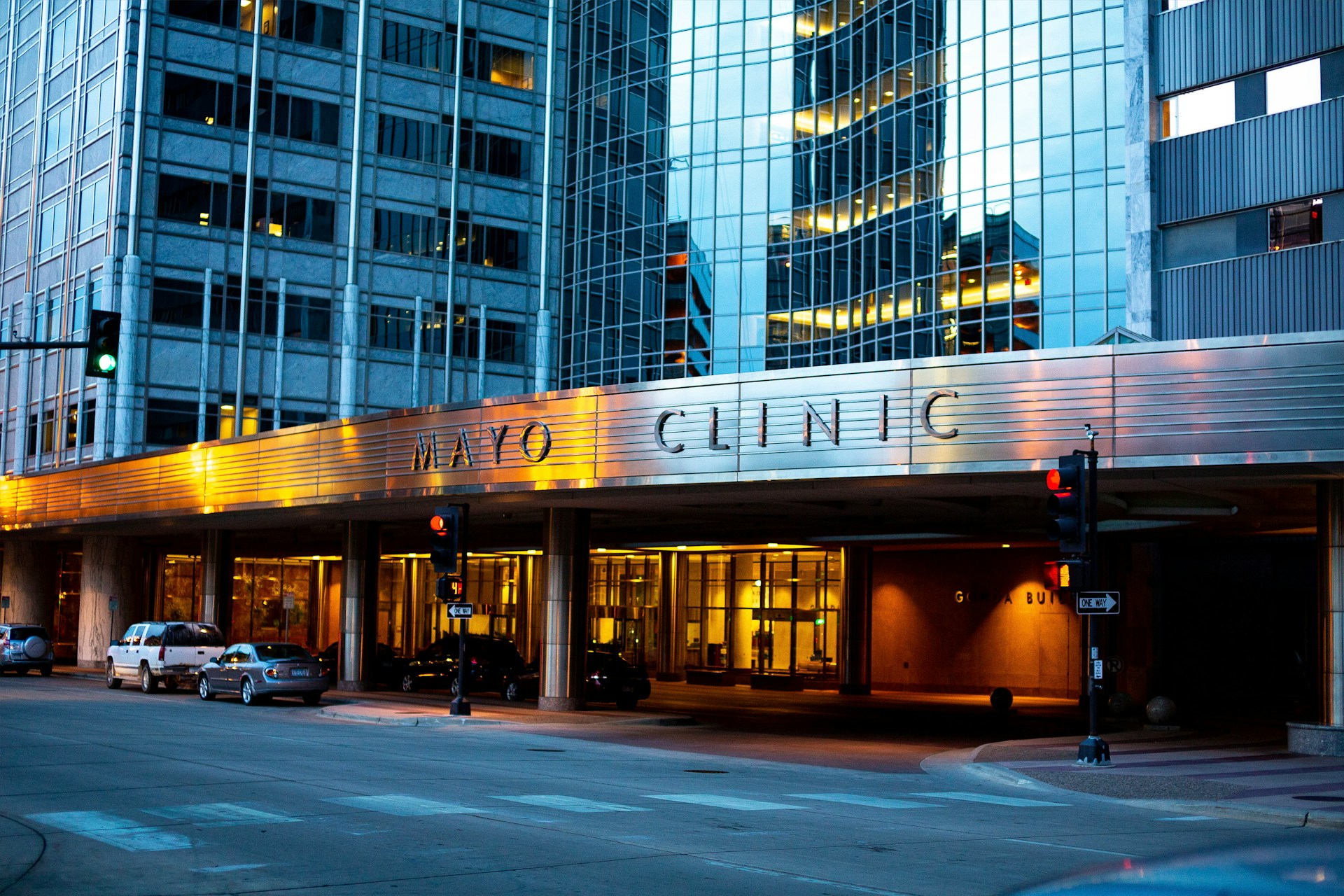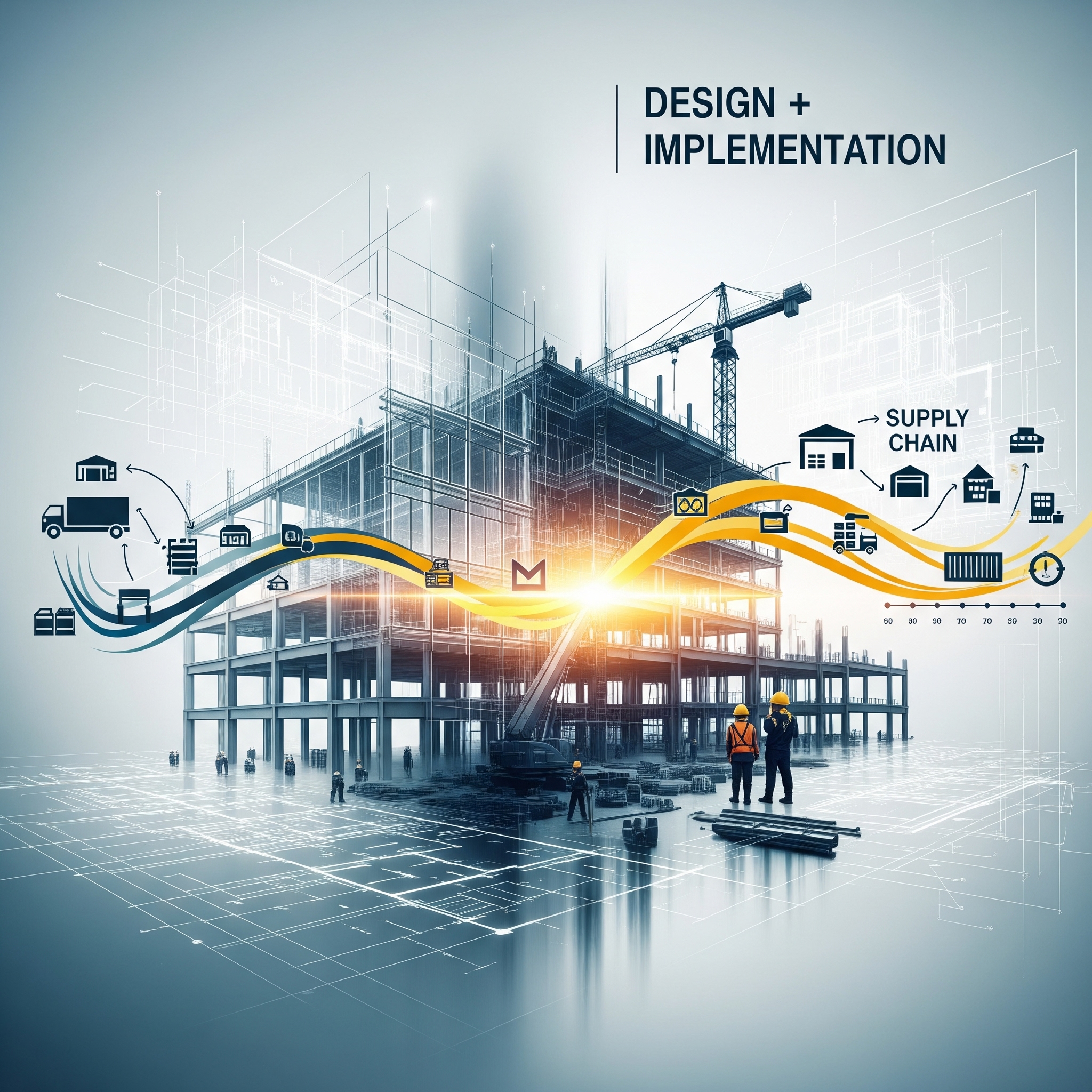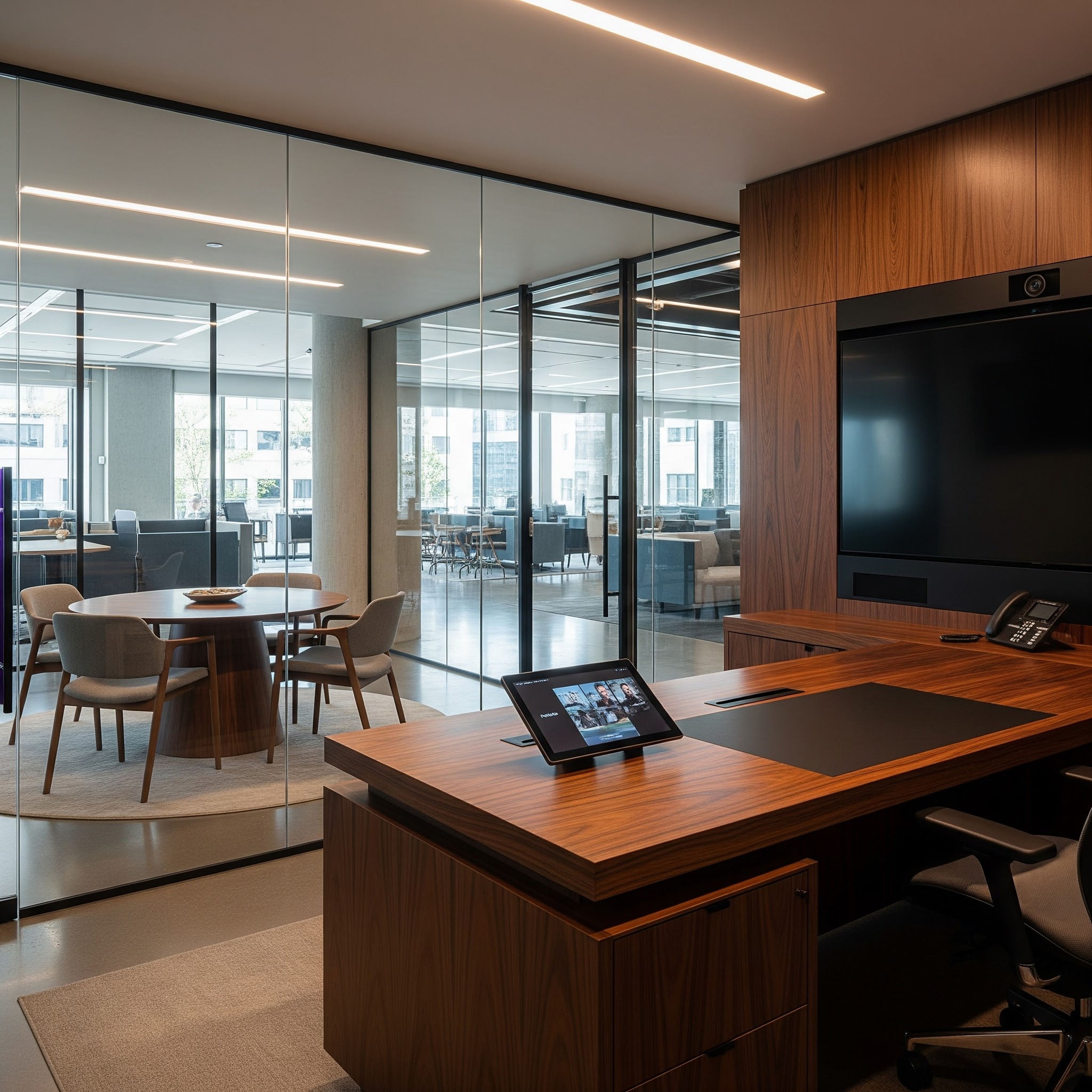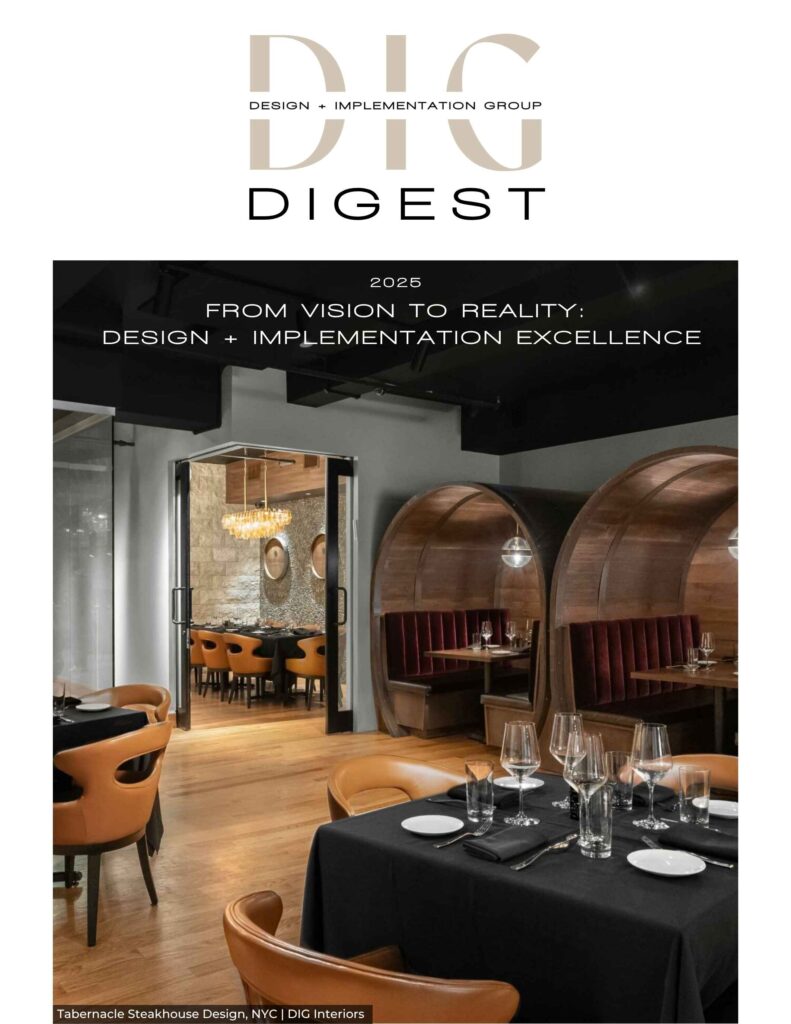Introduction
Over the past hundred years or so, the architecture and design of hospitals and other healthcare facilities have seen a remarkable transformation. This transformation has been driven by several factors, including advances in medical technology, changing philosophies about the nature of healthcare, and an increasing emphasis on patient experience and overall well-being. This comprehensive article will delve into the significant changes in medical center design over time, reflecting on the early days of hospital design, the shift towards patient-centered design, the rise of evidence-based design, and potential future trends in this dynamic field.
The Early Days of Hospital Design
In the early 20th century, the design of hospitals was largely utilitarian, heavily influenced by the pressing need for hygiene and sanitation. These were the days of the great sanitary awakening, during which the importance of cleanliness in preventing the spread of disease was widely recognized. Hospitals of this era were often large, imposing edifices, characterized by their long, sterile corridors and numerous small rooms. Their labyrinthine layouts were designed with the primary focus on functionality, often at the expense of aesthetics or patient comfort. These early medical centers were places for treatment more than healing, their designs reflecting a mechanistic view of healthcare that prioritized efficiency and sanitation.
The Shift Towards Patient-Centered Design
By the mid-20th century, however, there was a marked shift in the design of hospitals. This shift was largely a response to advances in medical technology and a growing understanding of the importance of the patient’s experience in their recovery process. The sterile, impersonal hospital designs of the past started giving way to more patient-centered designs.
Hospitals began incorporating design features aimed at improving the patient’s comfort and well-being. Private rooms became more common, providing patients with a sense of dignity and privacy. The use of natural light was increased, to combat the clinical, dreary feel of earlier hospital designs. Spaces for relaxation and social interaction were also integrated into the design, recognizing the role of social support in the healing process. The hospital was no longer seen just as a place for treating illness, but also as a place for promoting health and well-being.
The Rise of Evidence-Based Design
In the latter part of the 20th century and continuing into the 21st, the focus of hospital design has shifted again, this time towards evidence-based design. This approach is characterized by the use of research and data to inform design decisions. The aim is to create spaces that not only look good but also actively support good health outcomes.
For example, numerous studies have shown that exposure to natural light can help to reduce stress and improve patient outcomes. This has led to a greater emphasis on incorporating natural light in hospital design. Similarly, research on the impact of noise on patient recovery has informed decisions about the layout and acoustics of healthcare spaces. The focus is on creating healing environments, which promote not just physical healing but also psychological and emotional well-being.
The Future of Medical Center Design
Looking ahead, it seems likely that the design of medical centers will continue to evolve in response to changes in healthcare and our understanding of health and well-being. With growing recognition of the role of environmental factors in health, we can expect to see a greater emphasis on creating healing environments. This could involve a stronger focus on incorporating nature into healthcare spaces, through the use of green spaces and biophilic design. The use of light and space might also be optimized further, to create environments that are not just healing but also nurturing and comforting.
There will likely be a greater emphasis on flexibility, to accommodate the rapidly changing landscape of healthcare. We might see more modular designs, which can be easily adapted to meet changing needs. Technology will also continue to play a pivotal role in the design of healthcare spaces, from telemedicine facilities to smart hospital rooms equipped with the latest in healthcare technology.
Conclusion
The evolution of medical center design over the past century or so is a reflection of the broader changes in healthcare and our understanding of health and well-being. It is a fascinating journey, from the sterile, utilitarian designs of the early 20th century, through the patient-centered designs of the mid-century, to the evidence-based designs of today, and looking ahead to the flexible, healing environments of the future. As we move into this future, it will be exciting to see how the design of healthcare spaces continues to evolve, and how this evolution will impact the healthcare experiences of patients and healthcare providers alike.
